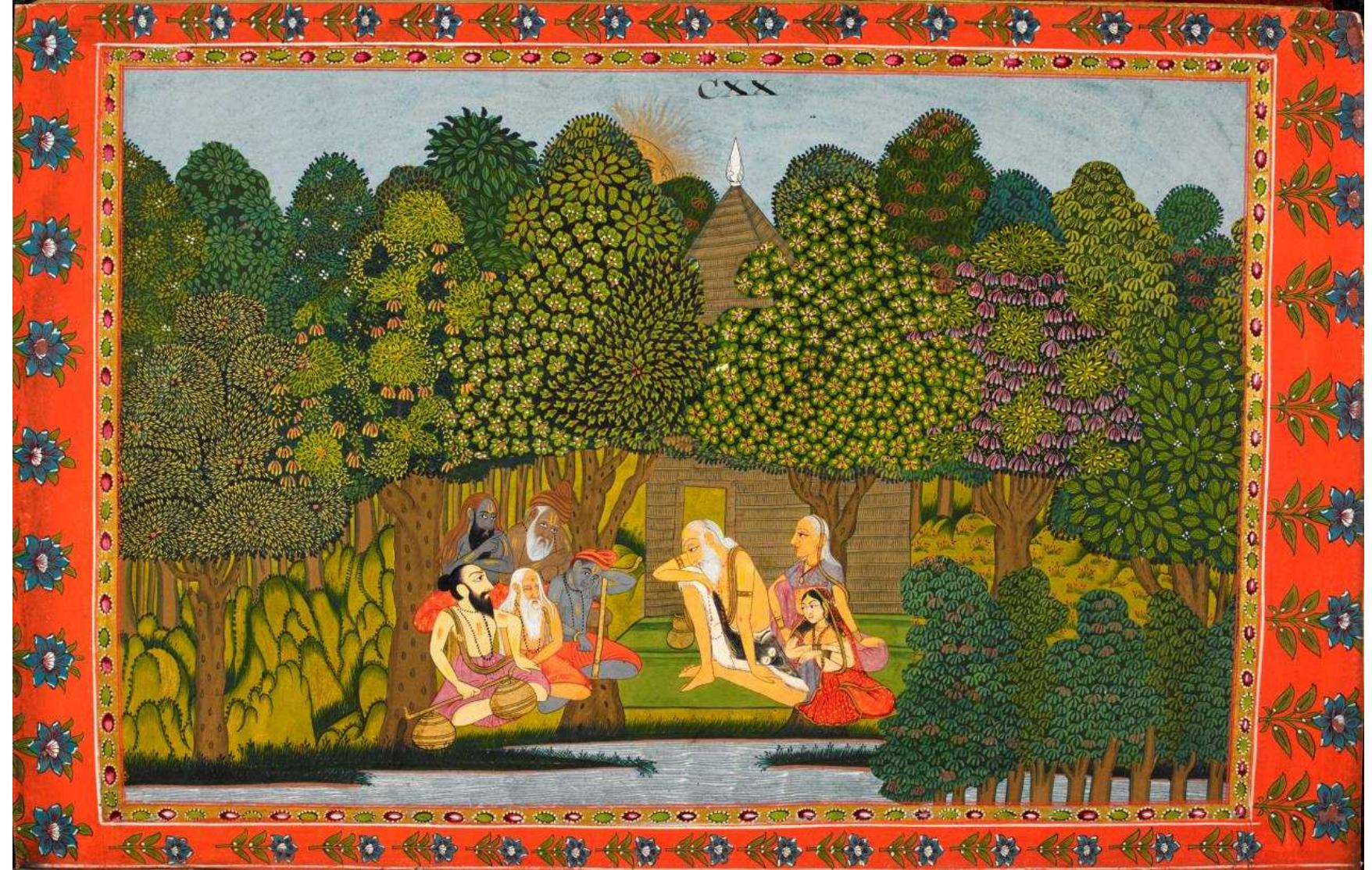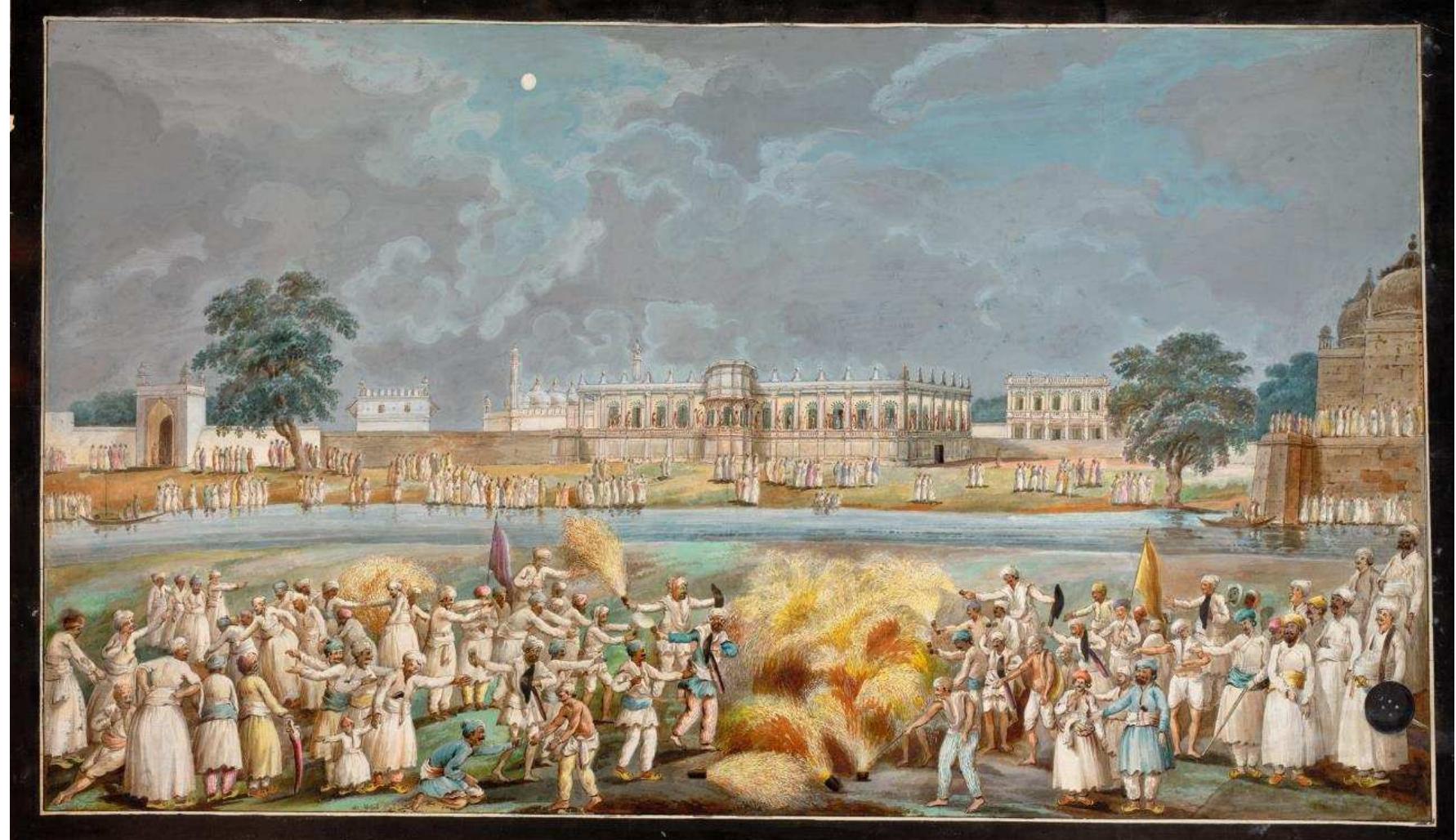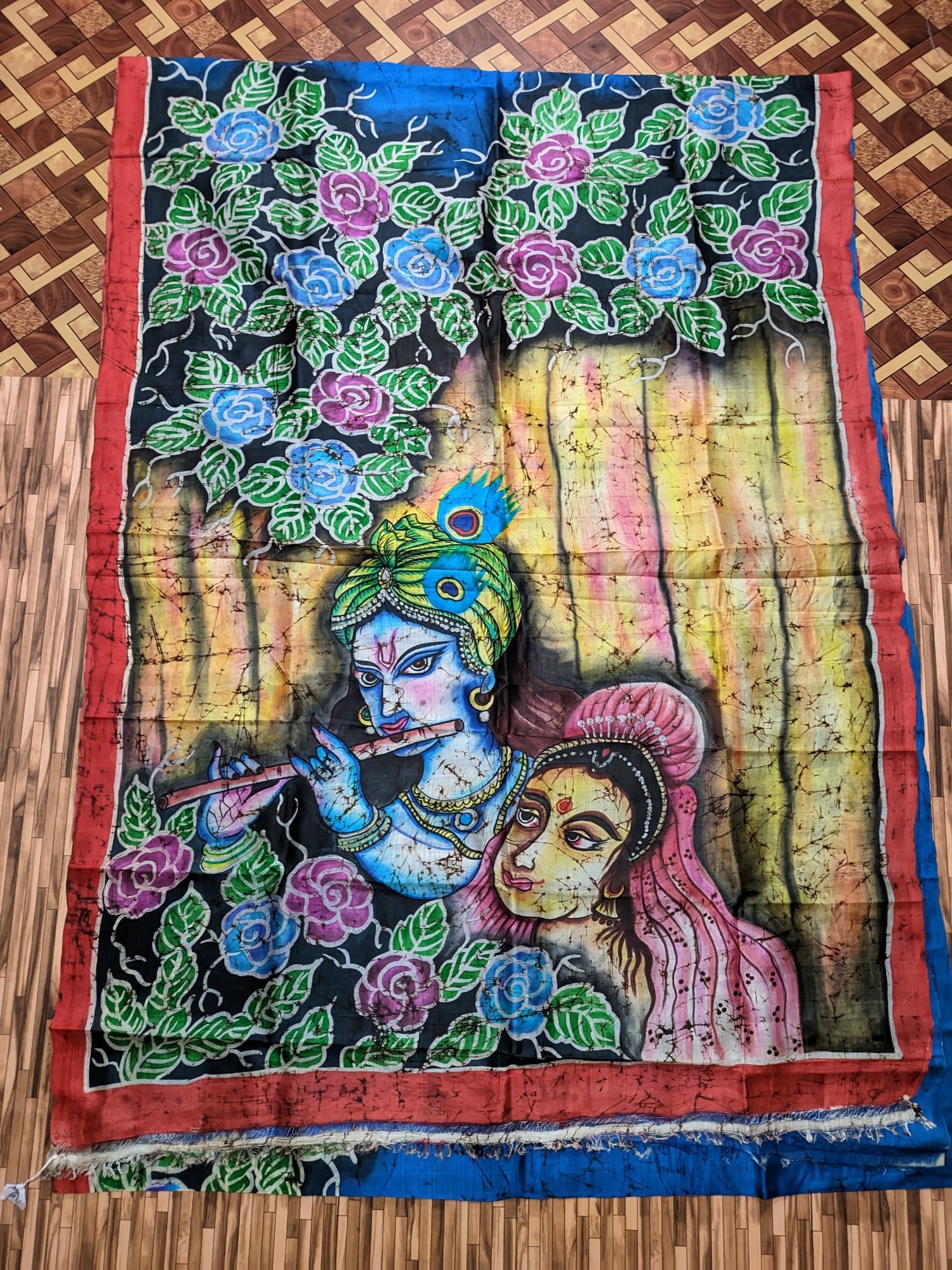
Menu

Murshidabad, once a thriving artistic and political hub during the Nawabi period in Bengal, is experiencing a quiet yet powerful artistic renaissance. From intricate silk weaving to miniature painting and fresco work, traditional Murshidabad art forms are being rediscovered and reimagined by a new generation of artists, designers, and cultural activists.
Once famed across India and Europe, Murshidabad silk had suffered due to industrialization and competition from synthetic textiles. However, in recent years, efforts by NGOs, cooperatives, and designers have reignited interest in handwoven silk from this region.
Example initiative: Resham Sutra and Tantuja have worked to promote Murshidabad silk through fair-trade practices and designer tie-ups.
The Murshidabad school of miniature painting, once a royal art form, is being revived by art institutions and local artists:
Modern twist: Some artists combine digital art with hand-painting techniques, creating “neo-miniatures” that reflect both tradition and innovation.
Architectural frescoes in heritage buildings like the Hazarduari Palace and Nizamat Imambara are undergoing conservation efforts:
The revival owes much to youth-led initiatives and social media platforms:
Example: Independent creators now sell hand-painted Murshidabad silk bookmarks, wall art, and customized wedding cards using miniature designs.
Despite the renewed interest, challenges persist—lack of formal training institutions, limited funding, and climate impact on fragile artwork. However, with growing awareness and government support under programs like “Skill India” and “Make in India”, Murshidabad’s rich artistic legacy is finding fresh expression in the 21st century.



